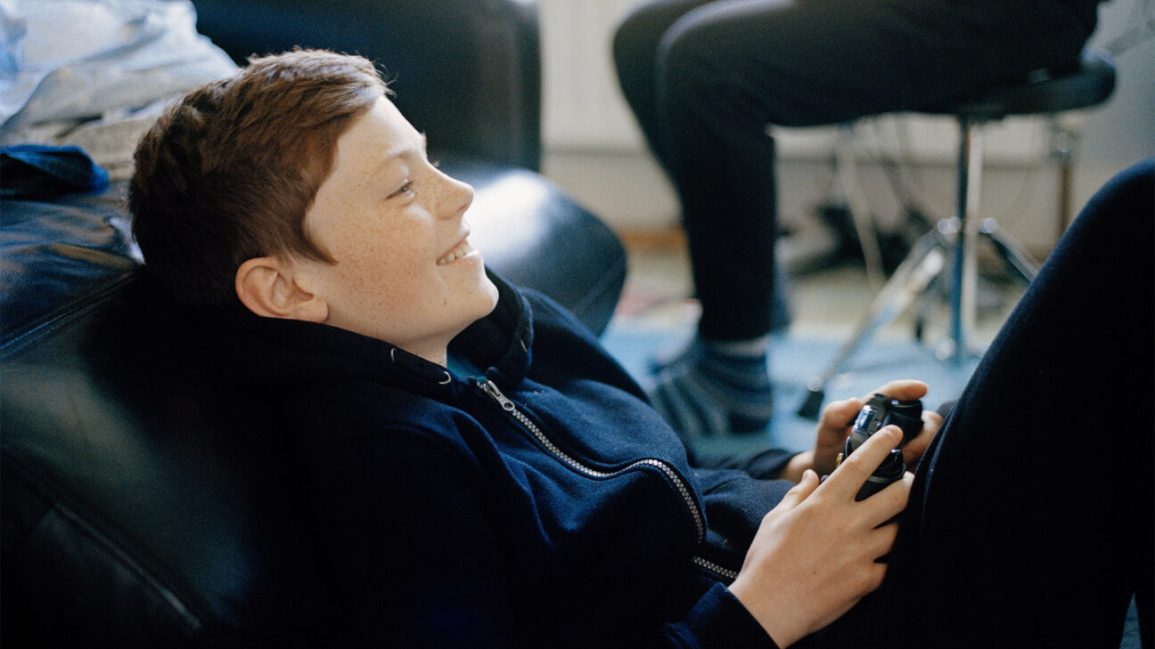
- A new study published in Psychological Medicine suggests that a nuanced approach may be needed to understand how types of screen-time activities affect adolescents.
- Regular video game use was linked to a lower risk of depressive symptoms among boys but not girls.
- On the other hand, frequent social media use was linked to a higher risk of depressive symptoms among girls but not boys.
Throughout the COVID-19 pandemic, many children and teenagers have been spending long hours on computers and other electronic devices.
School closures have pushed classes online, while public health restrictions have left adolescents with fewer recreational activities.
A new study published this month in Psychological Medicine suggests that a nuanced approach may be needed to understand how types of screen-time activities affect adolescents.
The study’s authors found that regular video game use was linked to a lower risk of depressive symptoms among boys but not girls. On the other hand, frequent social media use was linked to a higher risk of depressive symptoms among girls but not boys.
“This study really highlights the need to take a more nuanced approach to how we look at screen time, especially as it relates to mental health outcomes in kids,” Britni Belcher, PhD, MPH, an assistant professor of preventive medicine at the Keck School of Medicine of USC in Los Angeles, who was not involved in the study, told Healthline.
The new study evaluated 11,341 adolescents enrolled in the Millennium Cohort Study, an ongoing project that’s followed children born between 2000–2002 in the United Kingdom.
When participants were 11 years old, they told researchers how often they played video games, used social media, and engaged in leisure-time internet use. Then, at age 14, they completed a survey about depressive symptoms.
Boys who played video games once a month or more often at age 11 had depression scores 24 to 31 percent lower at age 14 than boys who played video games less often.
When the study’s authors controlled for physical activity level, they found the link between regular video game use and lower depression scores was significant only among boys with low activity levels.
The authors speculate that video gaming may provide an opportunity for social interaction and fun that’s particularly beneficial to boys who aren’t getting those needs met through sports or physically active games.
The study found notable gender differences in screen-time use and effects.
Boys spent more time than girls playing video games, while girls spent more time than boys using social media.
Regular video game use was linked to lower depression scores in boys but not girls, while frequent social media use was linked to higher depression scores in girls but not boys.
Girls who used social media most days of the week at age 11 had depression scores 13 percent higher at age 14 than girls who rarely or never used social media.
“The differences in the associations between these sedentary behaviors and depressive symptoms by sex or gender did not surprise me,” said Kelley Pettee Gabriel, PhD, FACSM, FAHA, a professor of epidemiology at The University of Alabama at Birmingham.
“Indeed, there are other key characteristics that could also be included in studies with a more diverse study sample, including race, ethnicity, and family socioeconomic status factors,” she added.
More research is needed to understand better the relationship between screen-time behaviors and mental health among adolescents.
The specific types of video games, social media, or websites that adolescents use might shape the effects that those products have on mental health.
The amount of time spent on screen-time activities might also influence the potential benefits and risks of those activities.
While the authors of the new study asked participants how often they engaged in different screen-time activities, they didn’t ask how many hours participants spent on those activities.
“From a public health perspective, you can’t necessarily label all video game use as good for mental health,” said Belcher.
“Their research suggests that there is some association between decreased rates of depression in a certain group of the boys, but I think we need more research to understand how much time is spent on these behaviors,” she continued.
For optimal mental and physical health, it’s important for adolescents and parents to strike a balance in their screen time and screen-free activities.
“Especially during the pandemic, screen time can have important benefits, including education, physical activity, and socialization,” said Dr. Jason Nagata, an assistant professor of pediatrics in the School of Medicine at the University of California, San Francisco.
“However, parents should try to mitigate risks from excessive screen time, such as poor sleep or sedentary time. Parents should regularly talk with their adolescents about screen-time usage and develop a family media use plan,” he continued.
For example, Nagata said that parents could set limits on screen time use among their children, encourage screen-free activities, and role-model healthful screen habits themselves.
He recommended that families consider avoiding screen-time activities in the hour before bedtime and remove screen-time devices from the bedroom before going to bed.
Gabriel also emphasized the health benefits of moderating screen time among adolescents and parents.
“After school and homework, there is little time left in the day. It is important for adolescents and caregivers to try to make that period of time as active as possible,” she said.
“Realistically, we can’t assume that an adolescent would be active this entire time, but limiting these [sedentary] behaviors to an hour or two each day and spending the remaining time simply being active could translate to both immediate and lifelong beneficial health effects,” she added.
